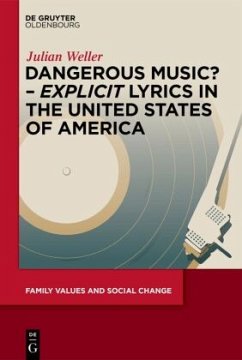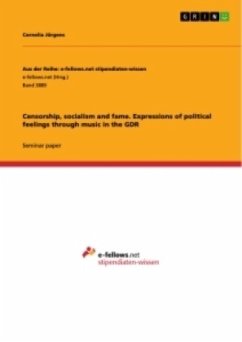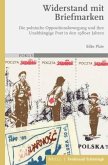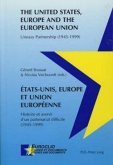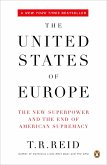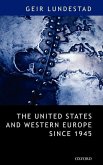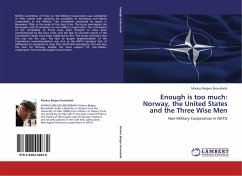This book discusses the history of music warning labels, specifically the Parental Advisory Label (PAL), and the Parents Music Resource Center (PMRC). It aims to answer these questions: How could the PMRC trigger a debate on music lyrics as a negative influence on children that led to the introduction of the PAL in the long run? What did the implementation of the PAL warning mean for musicians and how had the perception of music changed so that the advisory label was deemed necessary? The central thesis is that through the discourse on explicit lyrics, certain music was marked as an actual threat to children and society and consequently started to be perceived as such. By the way in which the discourse evolved, and how other actors conducted themselves in the debates, this understanding of certain music was repeatedly (re-)negotiated and connected to other current discourses, such as discourses on family values, sexuality, youth culture, generational conflicts and social problems. Through this, the understanding of certain music as a threat to children and society was constantly renewed.
The book analyses the PMRC's campaign on explicit lyrics and provides insights into their strategy and success from a historical perspective.
Hinweis: Dieser Artikel kann nur an eine deutsche Lieferadresse ausgeliefert werden.
The book analyses the PMRC's campaign on explicit lyrics and provides insights into their strategy and success from a historical perspective.
Hinweis: Dieser Artikel kann nur an eine deutsche Lieferadresse ausgeliefert werden.

